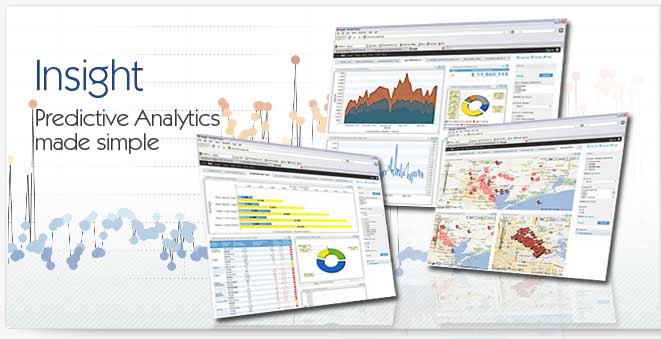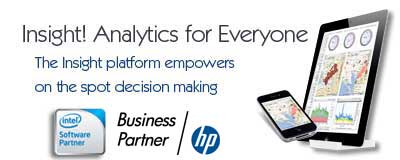Defining Dashboard Metrics
While there are a number of possible definitions for dashboard metrics, the easiest is that dashboard metrics are simply a collection of numbers and data elements designed to provide an organization or an individual with a benchmark measurement of performance. The dashboard metrics could be tracking sales performance against individual quota for example, or they could be used to measure profitability for a division, a department or an entire organization. The actual dashboard metrics used will vary greatly by organization and by need.
Planning Dashboard Metrics
Using dashboard metrics begins by understanding your business. In order to know what to measure you must first determine what is important to the business and what is not. As a general rule it's always best to define metrics beginning at the highest level - the organization as a whole - working down to the individual contributor level, at each point ensuring the dashboard metrics are aligned with the ones above the level you are at, making sure that all parts of the organization are driving towards the same goal and being measured in consistent ways.
Using your Dashboard Metrics
Once your dashboard metrics have been defined, the next step is to understand how to use them. While this may seem obvious, there are subtle differences that are critical in ensuring that the dashboard metrics are used properly and are used to provide value to the company as a whole. In using dashboard metrics the most critical aspect is to understand the impact of over-achievement and under-achievement. It's pointless to have or use dashboard metrics if in fact you will not have any actions based on the organization hitting, missing or over-achieving against it's metrics.
Creating your Dashboard Metrics
Once your organization has determined its dashboard metrics and has planned the actions that will take place once measurement begins, the next step is to create and deploy your dashboard metrics. Once again it's typically best to begin slowly and start by deploying and tracking dashboard metrics where they make the most sense first. In some organization a top down approach might make more sense, where the broad corporate dashboard metrics are deployed first (for the executive team), while in others a more lateral approach might take place where the dashboard metrics are deployed at a departmental level, with finance leading the way for example. Regardless of the deployment methodology used, creating the dashboard metrics should be done slowly to ensure they are serving the purpose they were originally planned for.
Dashboard Metrics by User and Department
An important part of deploying dashboard metrics is to understand the role of the individual and the department in the dashboard metric. More specifically, while in the past it was sufficient to create dashboard metrics that were "deployed" by a pre-specified team (for example IT), and modified and created using set schedules, a new methodology that is gaining popularity is to put the power of creating dashboard metrics in the hands of the users who will be affected by them. This "ad-hoc" form of dashboard creation is gaining broader acceptance especially in organizations that change and evolve faster than has historically been true.
|



